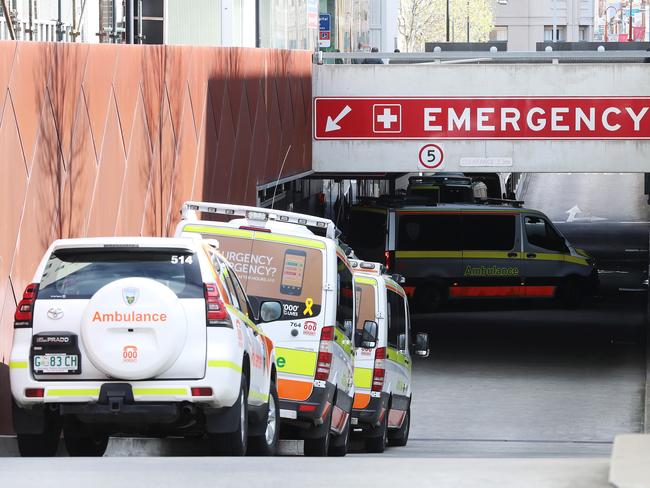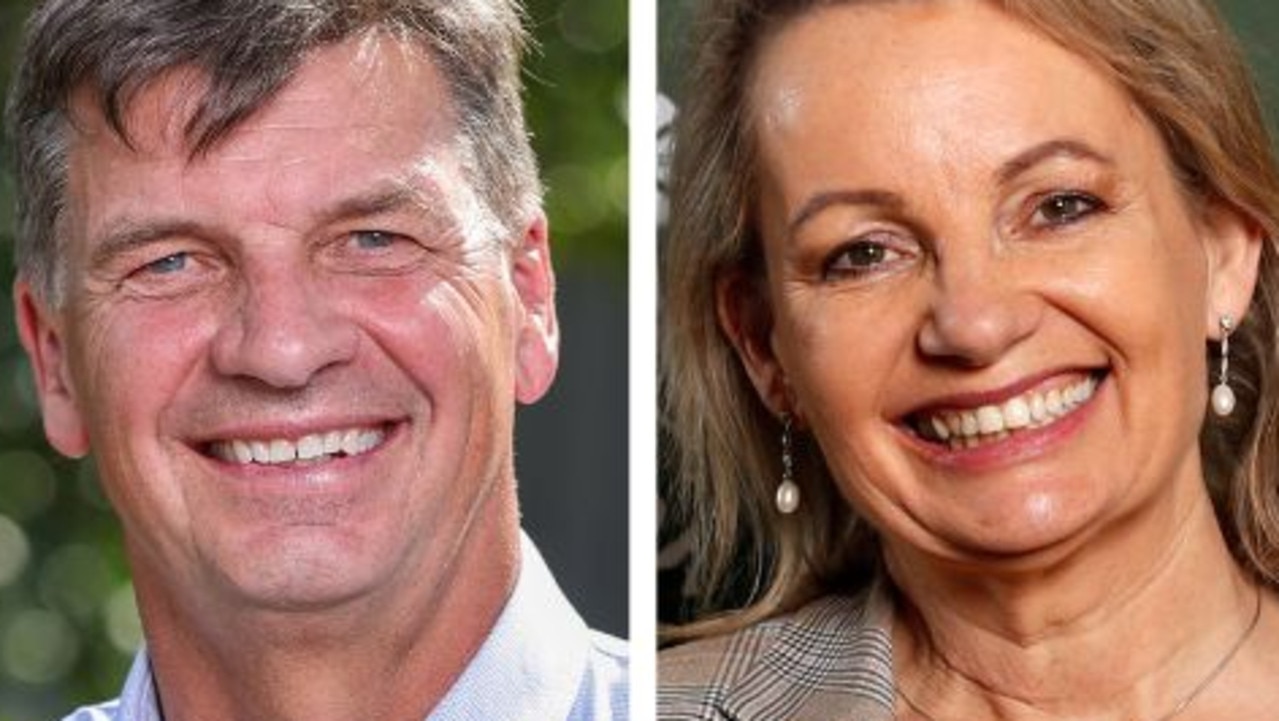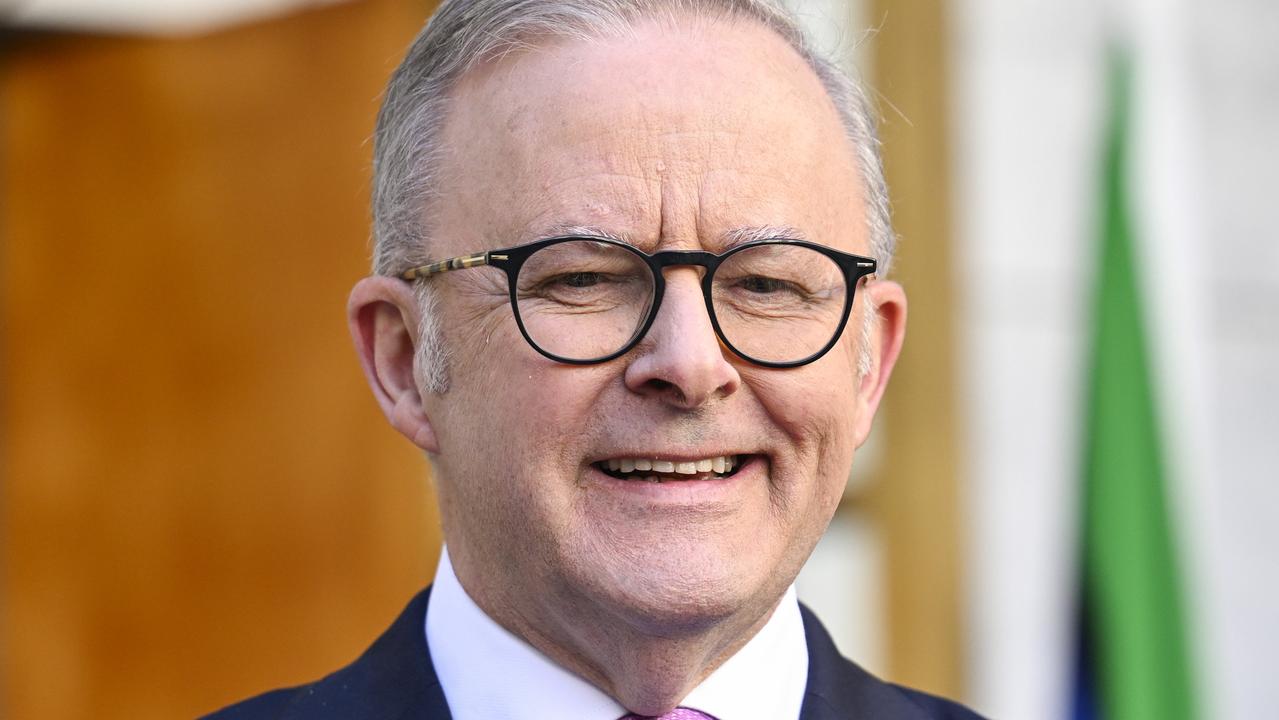Talking Point: Doctors speak — how can we change this picture?
JOHN BURGESS: Doctors have offered their vision for a better health system, now it needs teamwork to make it reality

Opinion
Don't miss out on the headlines from Opinion. Followed categories will be added to My News.
WHY does our health system look as it does? The critical element of the health system, our staff, deliver care with skill and compassion and with the respect of the public; yet when viewed as a system, health in Tasmania is dogged by fragmentation and contention.
Why in Tasmania do we have the lowest public perception of trust in our health system and why do we risk such negative perceptions becoming a reality? We certainly must do better than this.
AMA’s central mission is to provide support and advocacy for doctors so they can optimise the health outcomes of Tasmanians. This is a mission that is undoubtedly identical to that of our Tasmanian parliamentarians and health bureaucrats. We all seek to do good; to leave a legacy of things better than we found them.
There is much that is good in our health system: confidence in our clinical staff; public trust in general practice that sits at the centre of patient-focused care; and the community’s loyalty to their local public and private hospitals. Despite this, the availability of time-sensitive access to health care for our community is weak. Access to emergency departments, access to elective surgery, to outpatient clinics, to rehabilitation, access to supported accommodation for our most vulnerable, and access to general practice continue to make headlines. The public sector is critical to the entire system; it is a system that cannot afford to fail. In order not to fail, it must interact and partner with the private sector and clinical profession.

We all recognise what governments over the past decade have done and tried to do; however, the heavy lifting is not for government alone. We all need to be charting and communicating a vision for health. The general sentiment is that our leaders are failing to do this.
We need to see leadership for a shared vision for health in this state, and a shared plan with a clear implementation strategy. It needs to be positive, sustainable and built on the strong foundations of what we are already doing well. It can’t be reactive. It must be developed and communicated with clinicians and community in advance.
Last year the AMA offered to parliamentarians a vision for health in Tasmania. A vision in which:
THE POPULATION while older than the Australian average would not be sicker.
STATE GOVERNMENT and opposition would take a bipartisan view of health, with crossbench support.
FUNDS would be delivered through one, apolitical decision-making process.
THE SILOS between primary and acute care are eliminated.
PUBLIC hospitals are co-located with private hospitals.
TASMANIA would be considered the place to study, learn and teach, by students and academics alike.
WE WOULD continue to build on our reputation to deliver world-class research.
OUR PUBLIC hospital system would be so good we have staff queued to work here and wholly engaged at all levels in all areas of healthcare
GENERAL PRACTITIONERS would want to work in both urban and rural areas.
PRIMARY CARE urgent short-stay units would be established and operating successfully.
Are we on track for achieving this vision as of today? You would have to say no. Morale is at an all-time low across the health sector, and the community is losing faith. Staff in our state health service and general practice are under stress: fear of patient care not being timely, long hours, not being able to find the time to continue studies, and challenges for maintaining external accreditation are just some examples of the stresses faced. Added to this are increasing demand pressures on services due to an ageing population with complex chronic co-morbidities, a rising health CPI, ageing equipment and infrastructure, and budgetary stress.
The challenges we face in Tasmania must be not an excuse for failing to do those things that are within our control. Things like working to build partnerships, getting resources to the pointy end of patient care, empowering our hospitals by removing bureaucratic red tape, and most importantly, preventing fragmentation of patient care that occurs when our health planners do not correctly place general practice at the centre of planning and delivery.
GPs in Tasmania are frustrated at the impact problems in our public hospitals are having on their patients – overcrowding in the emergency departments, long waiting times for specialist appointments, elective surgery and outpatient clinics. They are frustrated with all tiers of government over lack of communication on service planning, services in which they are partners. The current lack of consultation, lack of shared purpose and the health system paralysis are causing antagonism. The AMA wants to see the central role of general practice in the provision of cost-effective, holistic and comprehensive care for its patients recognised and appropriately funded.
We make this challenge to all stakeholders in our health system: our patients, the Health Minister, the Health Department bureaucracy, the THS, the staff in our hospitals, general practice and community service providers more broadly – share your vision for health, make it a vision beyond mere survival – a vision of sustainable excellence, in which we collaborate, can have pride, and can maintain our community’s confidence.
There are five key areas the AMA believes need to be targeted:
SUSTAINABLE and realistic health budget.
HEALTH STRATEGY shared planning across preventive, primary and acute care.
PREVENTION of care fragmentation and prioritising the position of general practice at the centre of patient care.
SUSTAINABLE workforce with effective recruitment, retention and training
EFFECTIVE and lean governance.
If we could but work in partnership, it is within the power of all of us to make substantial inroads on these challenges and ensure that Tasmanians receive the right care, in the right place, at the right time for the right price.
Professor John Burgess is the president of the Australian Medical Association of Tasmania.


